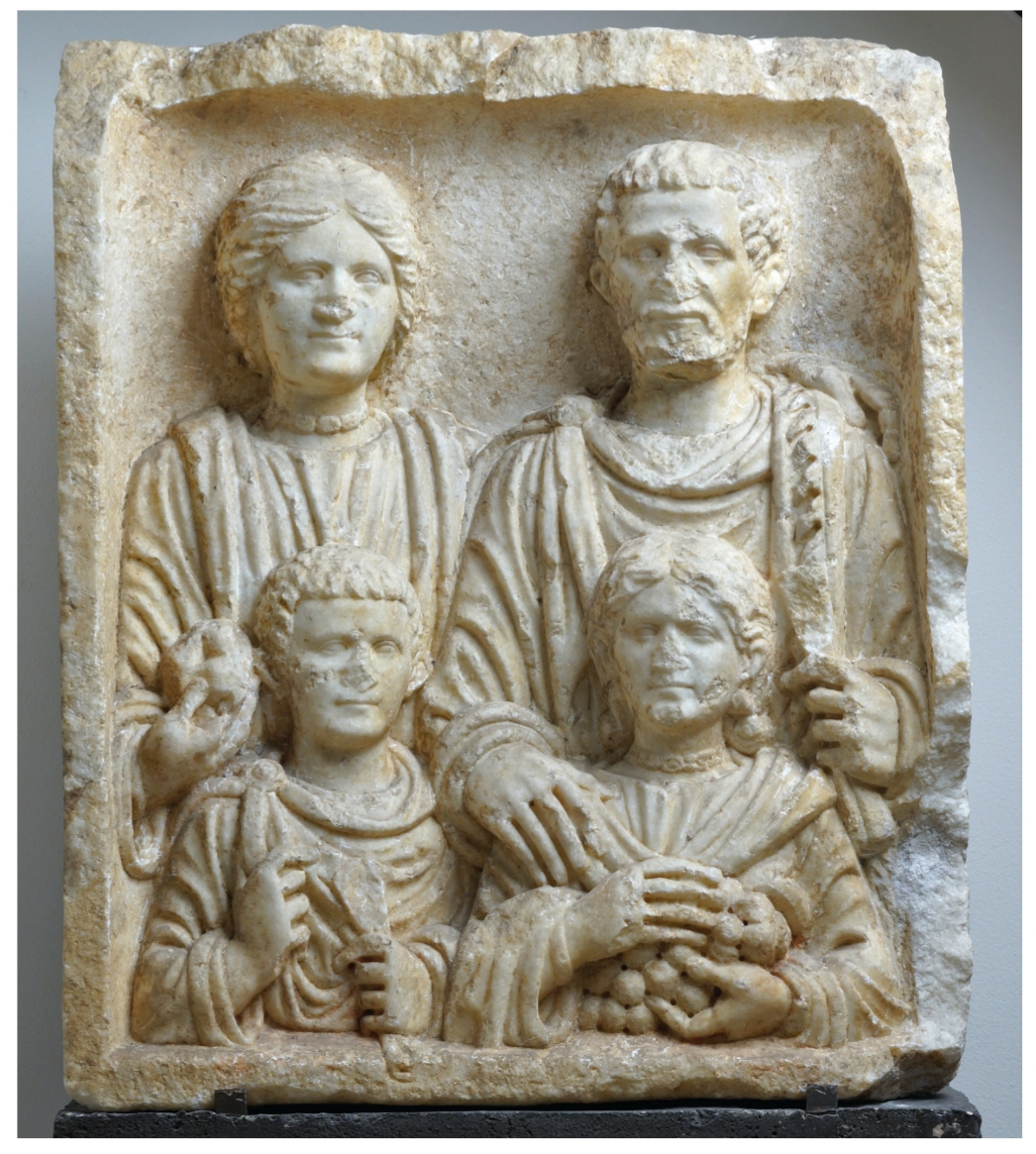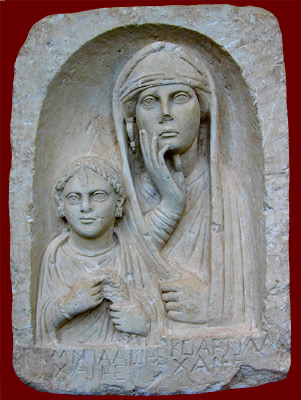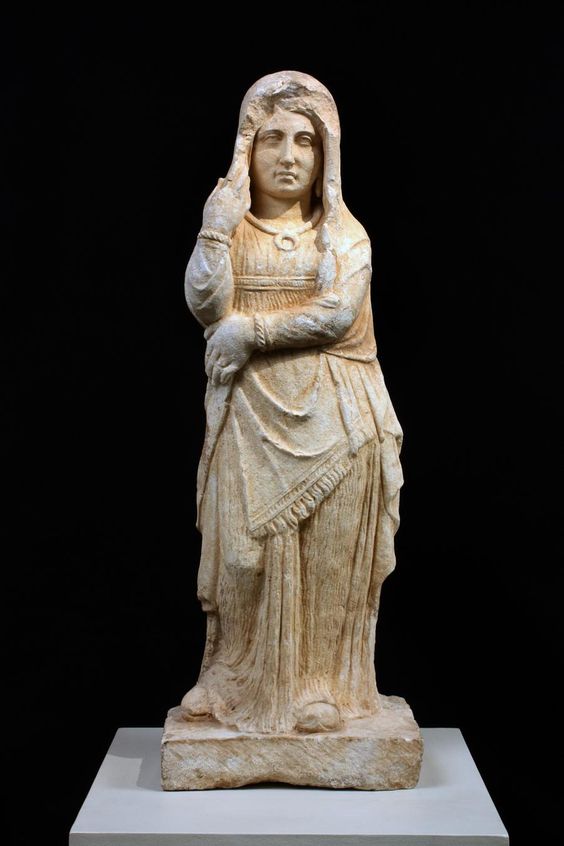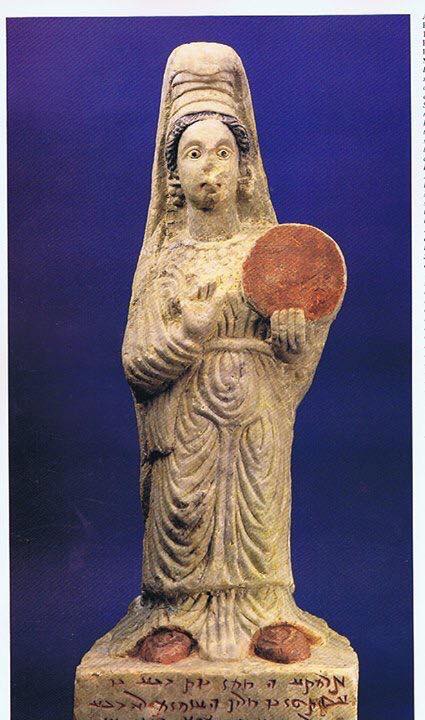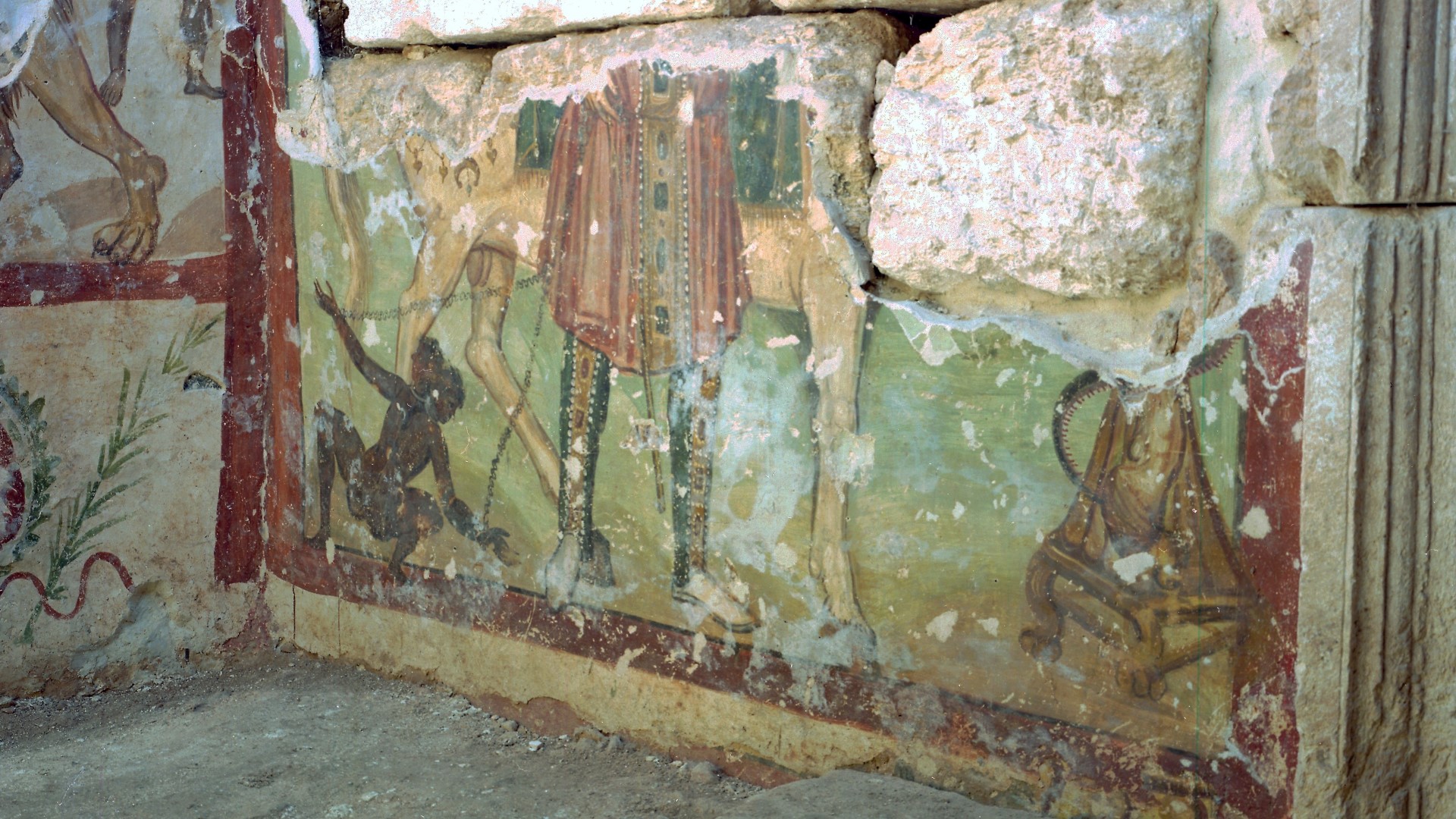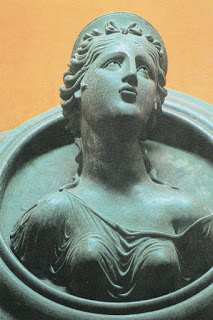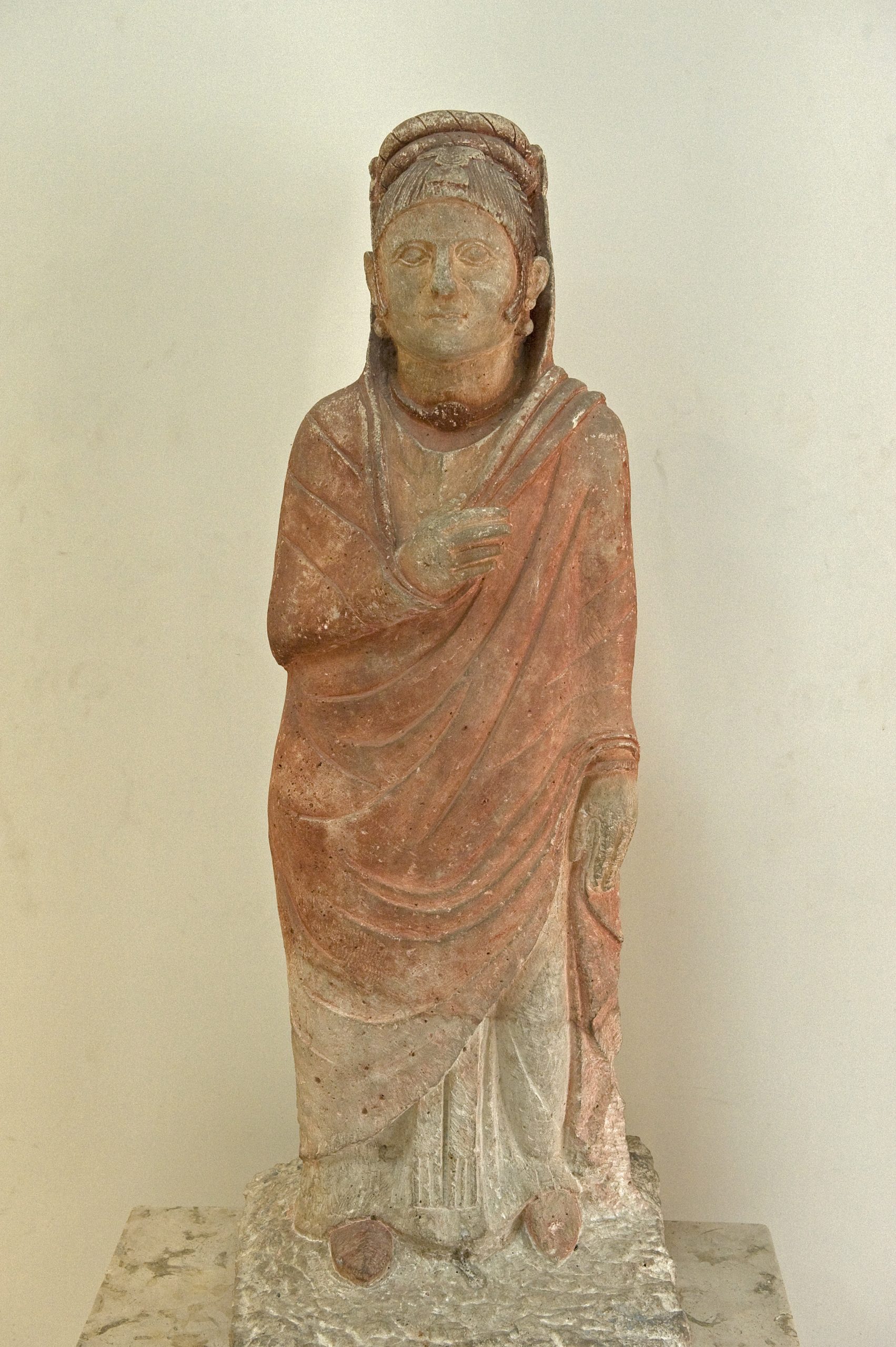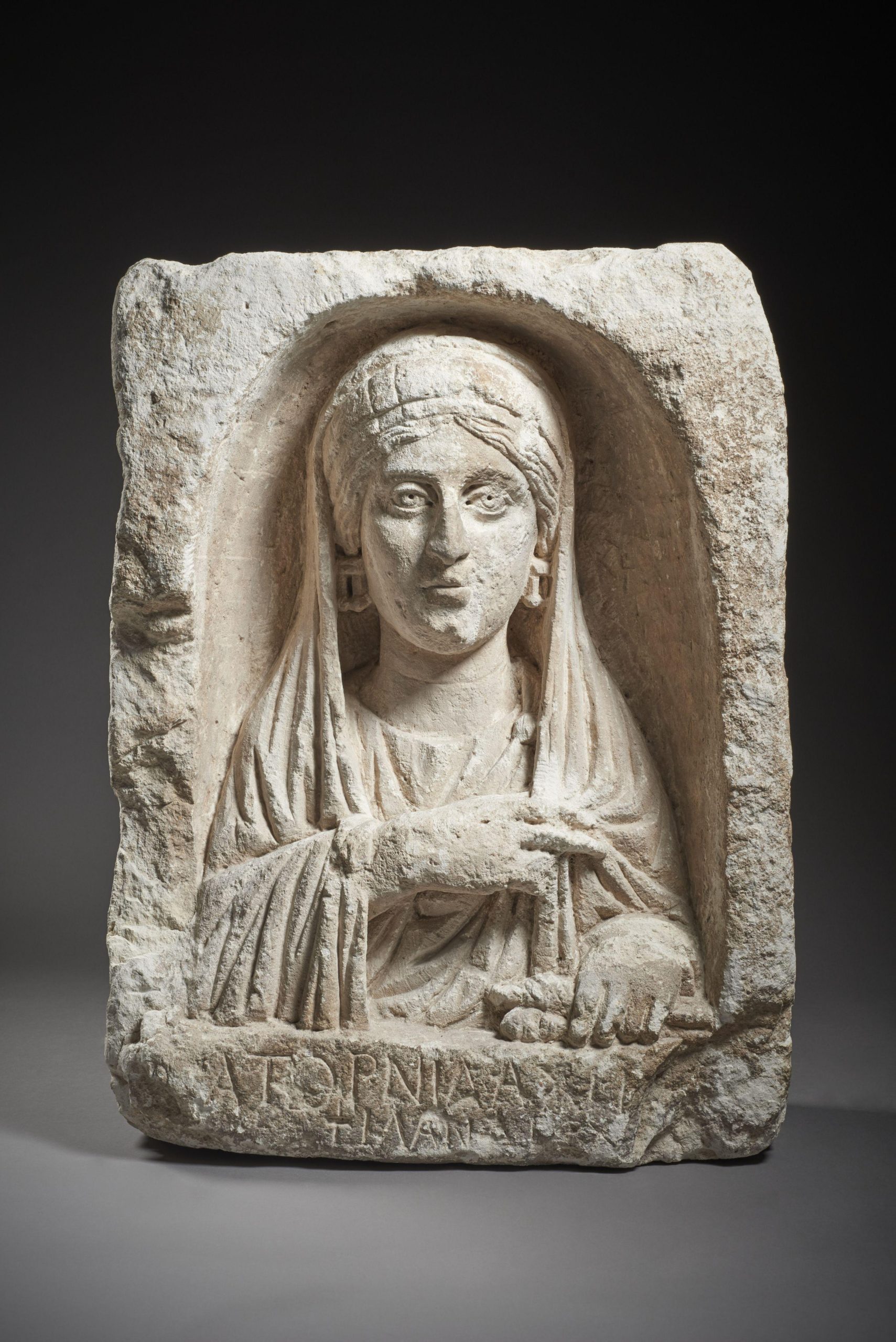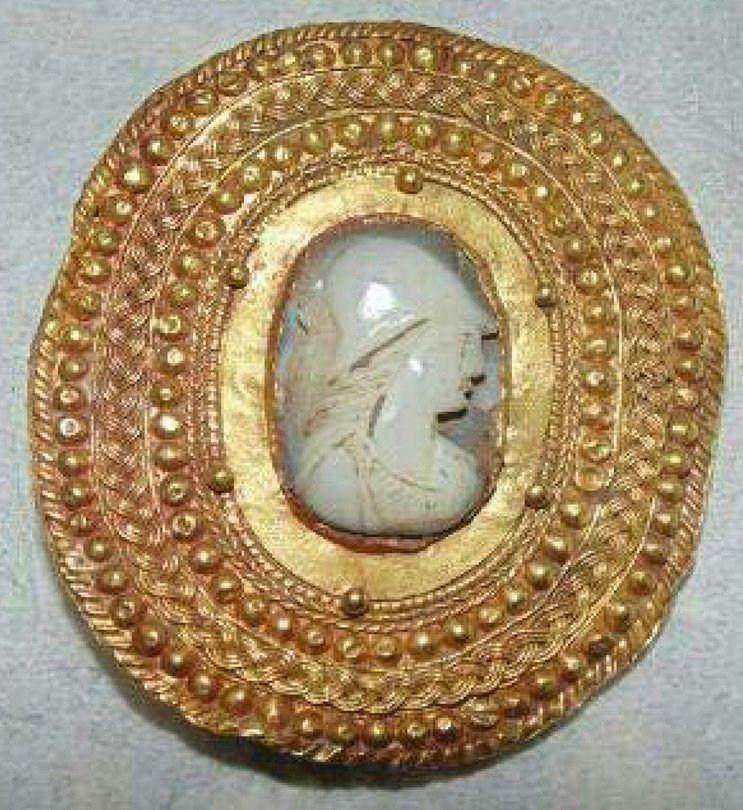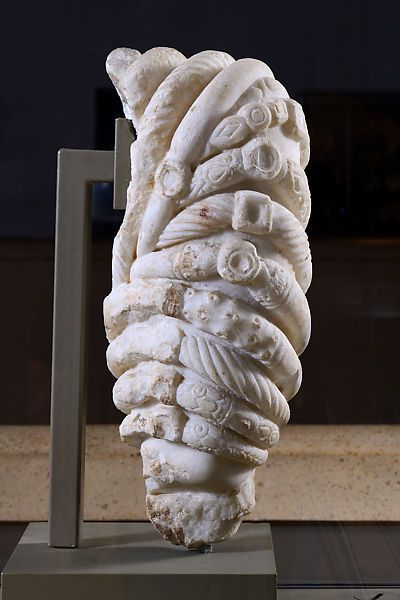
A piece of a statue of Jupiter Heliopolitanus, the supreme god of Baalbek (Gr. Heliopolis, Roman Syria, modern Lebanon). The right forearm of a god with 11 bracelets; 2nd century; in the National Museum, Beirut.
According to Andreas Knopp, there are 13 bracelets (12 according to Serying).1
Round and square settings were ones inlaid with gemstones or glass cabochons.2
Publications:
- 1The gods of Heliopolis (Baalbek) at the National Museum of Beirut. Revisiting some questions of iconography
Andreas Kropp academia.edu - 2The World between Empires: Art and Identity in the Ancient Middle East, pp. 126 https://books.google.pl/books?id=-GGLDwAAQBAJ&printsec=frontcover&hl=pl#v=onepage&q&f=false
- Jupiter, Venus and Mercury of Heliopolis (Baalbek). The images of the “triad” and its alleged syncretisms
Andreas J. M. Kropp https://journals.openedition.org/syria/681 - A new altar of the “triad” of Heliopolis (Baalbek) at the Museum of Adıyaman
Andreas J. M. Kropp https://journals.openedition.org/syria/1416?lang=en - The iconography of Nabu of Hatra in the context of Syrian cult images. A Hierapolitan import in Northern Mesopotamia
Andreas Kropp https://www.academia.edu/3763427/The_iconography_of_Nabu_of_Hatra_in_the_context_of_Syrian_cult_images_A_Hierapolitan_import_in_Northern_Mesopotamia - LA VIE RELIGIEUSE AU LIBAN SOUS L’EMPIRE ROMAIN
Julien Aliquot https://books.openedition.org/ifpo/1445
Other sources:
https://www.livius.org/articles/religion/jupiter-heliopolitanus/

